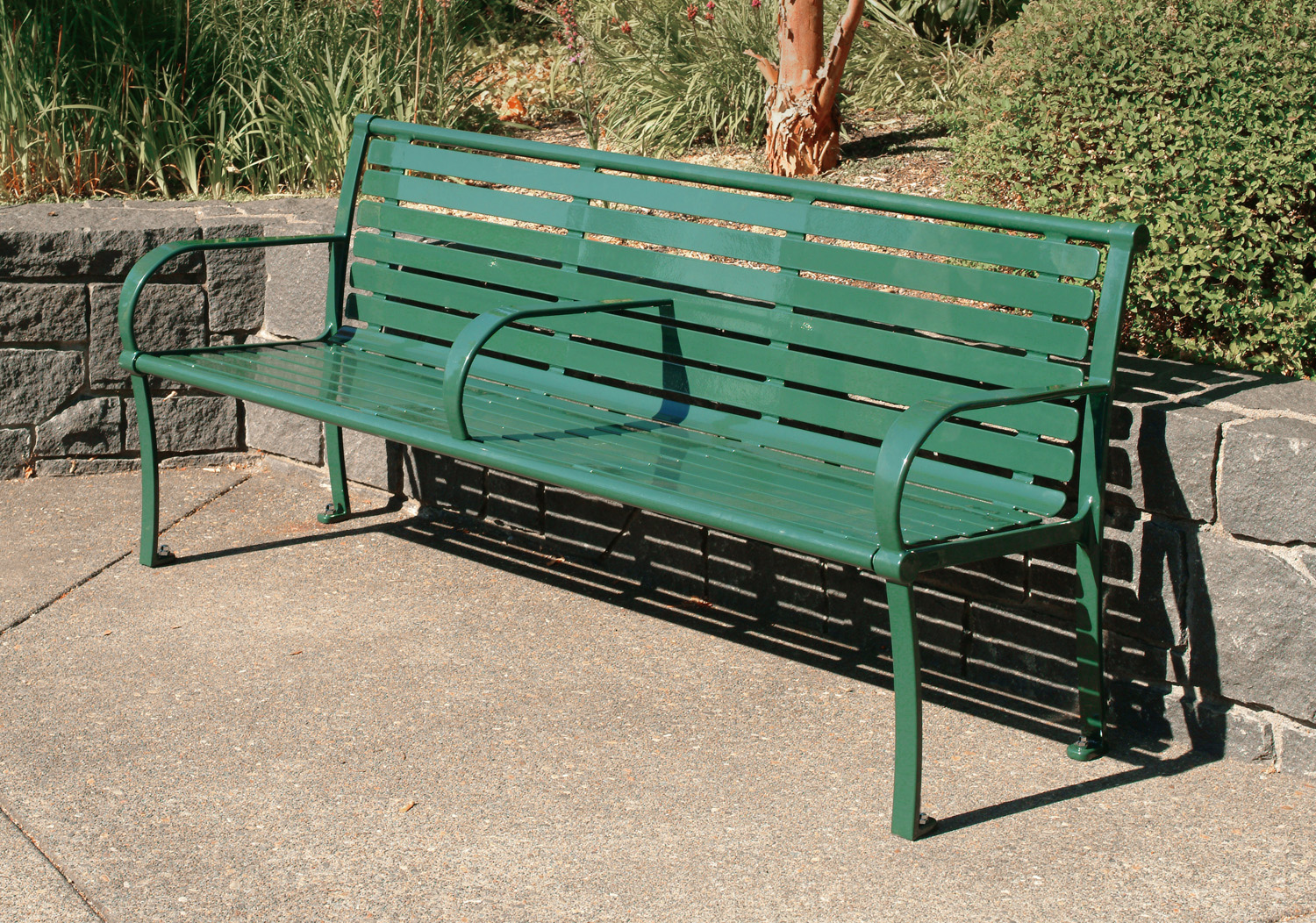If you were in Los Angeles last week, maybe you were a part of the great crisis of August 1, 2014. For a few hours that Friday, Facebook stopped working. Were you part of the panic that ensued? Network news reported on the issue, although many people were likely too busy refreshing their Facebook app to turn on CNN.
I am all about seeing my friends’ vacation pictures and status updates, but the news that followed the glitch seemed more disturbing. The Los Angeles police tweeted (thank goodness for alternative social media!) that they’d really appreciate it if citizens could stop calling 911 to report the Facebook issue.
While we all probably have a funny story about a ridiculous police report, it is worth questioning the jurisdiction of police. It does not extend to Facebook. This week, Los Angeles Police were relieved of another responsibility – clearing Skid Row of people experiencing homelessness.
Skid Row, a fifty block area in Los Angeles that is home to more than 17,000 people experiencing homelessness, is one of the most densely concentrated group of homeless people in the country. Studied and documented many times for the unique environment it creates, residents here have long been wary of police involvement in their lives and their belongings.
Amid a new Los Angeles plan called Operation Clean Streets, leaders are beginning to see that arrests are not the answer. “The seriousness of the situation makes this much more than a police issue,” said Los Angeles City Councilman Jose Huizar during a news conference. Instead, this is becoming everyone’s issue – which is what homelessness has been all along.
Now, police will partner with mental health providers, legal services, and housing providers. Finally, police are being used as partners in the race to end homelessness rather than the only tool. Asking them on their own to end homelessness is about as effective as asking them to reactivate Facebook. Many police forces across the country undergo sensitivity training and don’t necessarily want or plan to widely criminalize homelessness, but they use the resources available to them. A police officer is not a mental health therapist, or a doctor, or a housing agency.
Providing necessary support to both police and individuals who are homeless in Los Angeles is the only way to successfully strengthen the neighborhood. There is potential here to finally adequately support a large group of chronically homeless individuals. I am sure the Los Angels Police Department hopes that it works.





 Image Credit: Daily Mail
Image Credit: Daily Mail